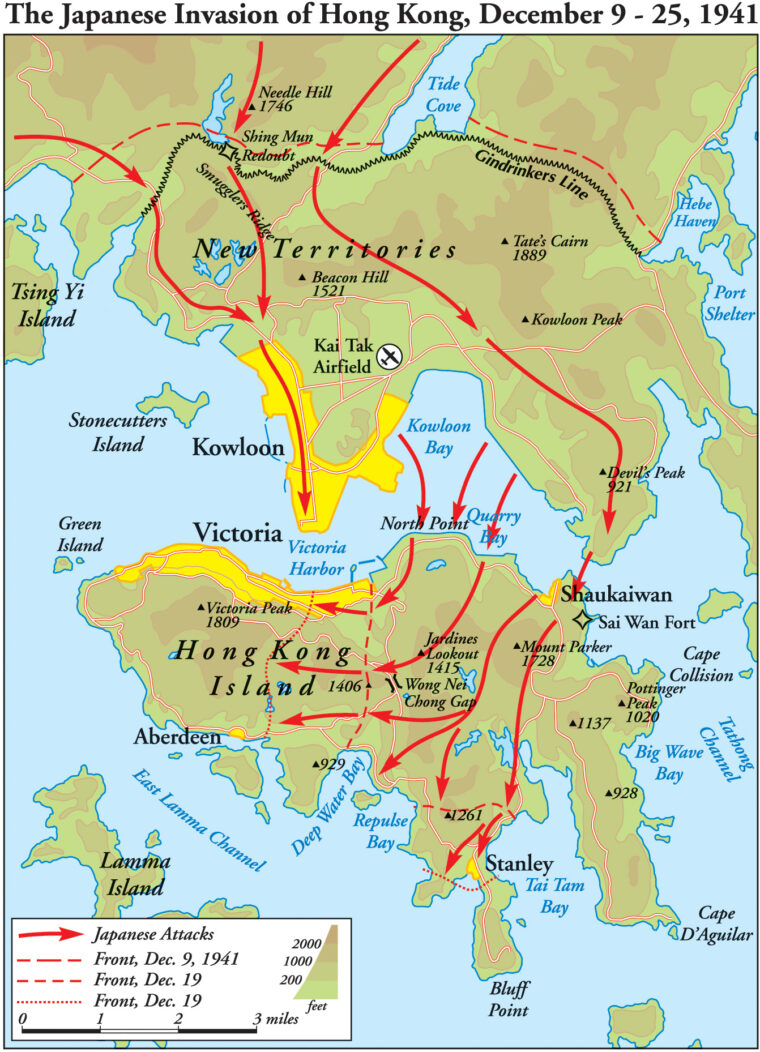Analysis of Law Enforcement Prioritization and its Implications for Sustainable Development Goals
Impact on SDG 16: Peace, Justice, and Strong Institutions
An examination of San Francisco Police Department (SFPD) data reveals specific operational patterns that have direct relevance to the achievement of SDG 16, which aims to promote peaceful and inclusive societies for sustainable development, provide access to justice for all, and build effective, accountable, and inclusive institutions at all levels.
- Institutional Strategy: Data indicates that drug crime enforcement activities cease almost entirely by 4 a.m. This strategic shift in focus has been a consistent trend since 2018.
- Access to Justice: The concentration of drug enforcement efforts during daylight hours raises considerations for Target 16.3 (Promote the rule of law and ensure equal access to justice). The temporal nature of enforcement may impact the uniform application of justice across the community.
- Institutional Effectiveness: The reallocation of police resources reflects a prioritization within a key public institution. While this may strengthen efforts against certain crimes, it highlights challenges in maintaining comprehensive enforcement against all illicit activities, a key component of building effective institutions.
Correlation with SDG 3 (Good Health) and SDG 11 (Sustainable Cities)
The observed enforcement trend also intersects with goals related to public health and urban safety.
- Resource Reallocation and Community Safety (SDG 11): During early morning hours, law enforcement resources are redirected to address crimes such as assault, larceny-theft, and malicious mischief. This prioritization directly impacts Target 11.7, which seeks to provide universal access to safe and inclusive public spaces, as the nature of crime prevention shifts with the time of day.
- Public Health Implications (SDG 3): The reduction in nighttime drug enforcement could affect progress toward Target 3.5 (Strengthen the prevention and treatment of substance abuse). A lack of enforcement may present challenges to public health initiatives aimed at mitigating the impacts of narcotic drug abuse within the community.
1. Which SDGs are addressed or connected to the issues highlighted in the article?
-
SDG 16: Peace, Justice and Strong Institutions
This goal is directly relevant as the article discusses crime and law enforcement. The text focuses on “drug crime enforcement,” the actions of the police (“SFPD data”), and other crimes such as “assault, larceny-theft, and malicious mischief.” This relates to building effective, accountable institutions (the police force) and promoting the rule of law to ensure public safety and justice.
2. What specific targets under those SDGs can be identified based on the article’s content?
-
Target 16.1: Significantly reduce all forms of violence and related death rates everywhere.
- The article explicitly mentions that when police shift focus from drug crimes, they attend to other offenses, including “assault.” Assault is a form of violence, making this target directly applicable. The pattern of enforcement could influence the prevalence and response to violent crimes.
-
Target 16.3: Promote the rule of law at the national and international levels and ensure equal access to justice for all.
- The article’s discussion of police enforcement patterns relates to the application of the “rule of law.” The fact that “drug crime enforcement tends to stop almost entirely” after a certain time highlights a specific strategy in law enforcement, which is a key component of the justice system.
-
Target 16.a: Strengthen relevant national institutions… to prevent violence and combat… crime.
- The article centers on the operational patterns of a key national institution, the San Francisco Police Department (“SFPD”). It describes how this institution allocates its resources to combat different types of crime (“drug enforcement efforts during daylight hours”), which is central to this target’s aim of strengthening institutions to fight crime.
3. Are there any indicators mentioned or implied in the article that can be used to measure progress towards the identified targets?
-
Incidence rates of specific crimes
- The article implies the use of crime statistics as indicators by mentioning specific offenses being tracked in “SFPD data.” These include the incidence of “drug crime,” “assault,” “larceny-theft,” and “malicious mischief.” These statistics are direct measures for assessing progress in reducing crime and violence (Target 16.1).
-
Time-based law enforcement activity
- The article points to a specific, measurable indicator: the timing of law enforcement actions. The statement that “By 4 a.m., drug crime enforcement tends to stop almost entirely” and that efforts are focused “during daylight hours” suggests that data on the number of police actions, arrests, or patrols by time of day is being used. This can serve as a performance indicator for institutional strategies (Target 16.a).
4. Table of SDGs, Targets, and Indicators
| SDGs | Targets | Indicators (Identified from the article) |
|---|---|---|
| SDG 16: Peace, Justice and Strong Institutions | 16.1: Significantly reduce all forms of violence and related death rates everywhere. | Incidence of violent crimes (e.g., “assault”). |
| 16.3: Promote the rule of law at the national and international levels and ensure equal access to justice for all. | Incidence of property crimes (e.g., “larceny-theft,” “malicious mischief”). | |
| 16.a: Strengthen relevant national institutions… to prevent violence and combat… crime. | Data on the timing and focus of law enforcement activities (e.g., “drug crime enforcement” concentrated “during daylight hours,” based on “SFPD data”). |
Source: sfstandard.com







